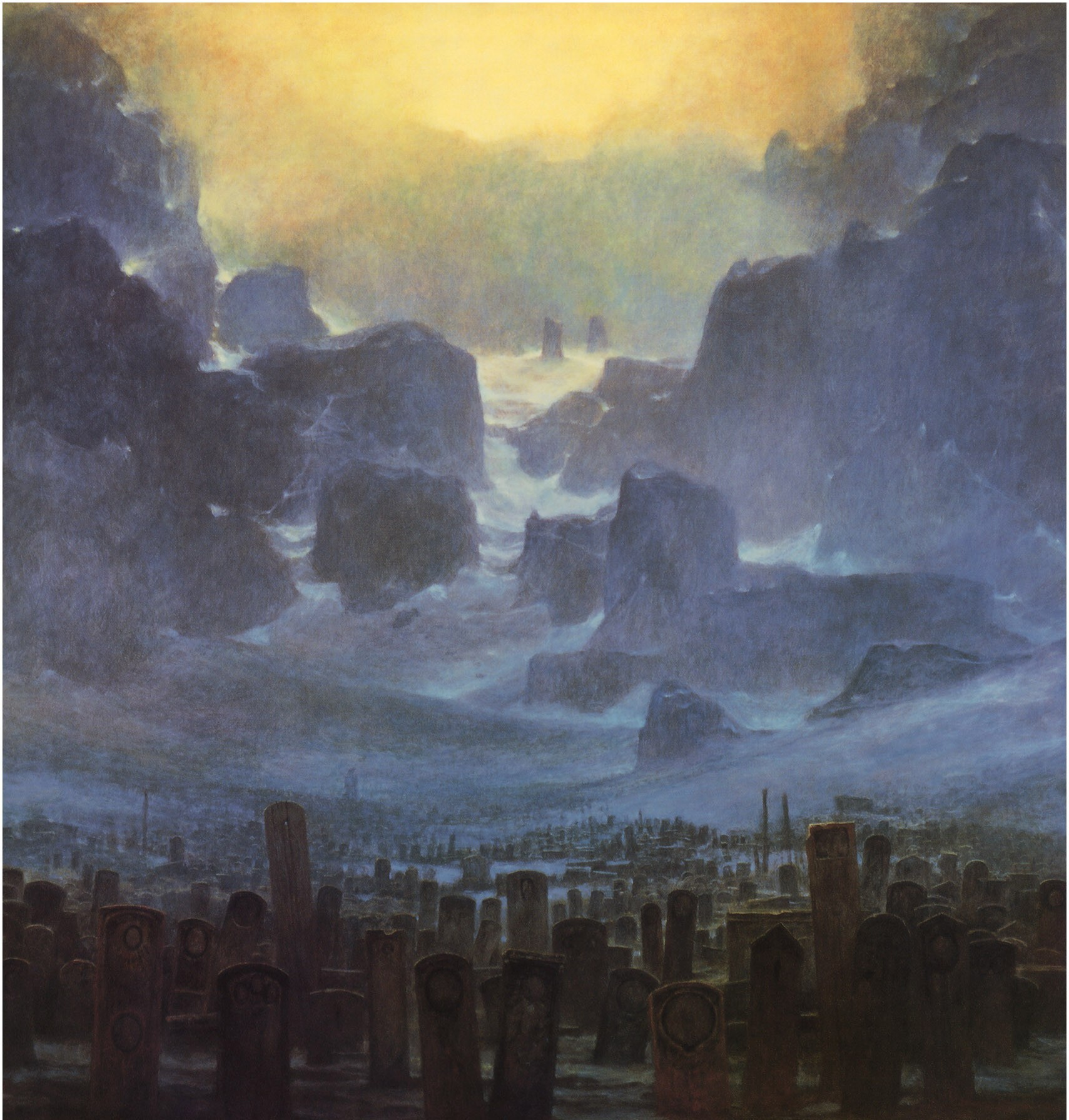Traditional Art
From dabblers to masters, obscure to popular and ancient to futuristic, this is an inclusive community dedicated to showcasing all types of art by all kinds of artists, as long as they're made in a traditional medium
'Traditional' here means 'Physical', as in artworks which are NON-DIGITAL in nature.
What's allowed: Acrylic, Pastel, Encaustic, Gouache, Oil and Watercolor Paintings; Ink Illustrations; Manga Panels; Pencil and Charcoal sketches; Collages; Etchings; Lithographs; Wood Prints; Pottery; Ceramics; Metal, Wire and paper sculptures; Tapestry; weaving; Qulting; Wood carvings, Armor Crafting and more.
What's not allowed: Digital art (anything made with Photoshop, Clip Studio Paint, Krita, Blender, GIMP or other art programs) or AI art (anything made with Stable Diffusion, Midjourney or other models)
make sure to check the rules stickied to the top of the community before posting.
view the rest of the comments


I'm having trouble interpreting the subject because of the competing scale of the foreground and background objects. I don't know this artist's work and I'm having trouble finding anything via Google, so I hope you won't mind my asking, but is this meant to be surreal? Is there some statement intended about the tides washing away the remains of humanity? Are the graves already underwater? Or is this perhaps a more familiar sort of landscape in some other part of the world that I've simply never seen?
Beksinski was inspired by his dreams to paint, so this is just something he dreamt about.
I definitely agree with the first two sentiments. I don't really see the water, I perceive it as more of a serene (because of the sheer scale of the hills made even more vast by them stretching beyond the ethereal fog) yet sinister (because of the forest of graves that swarm the ground) dreamscape.